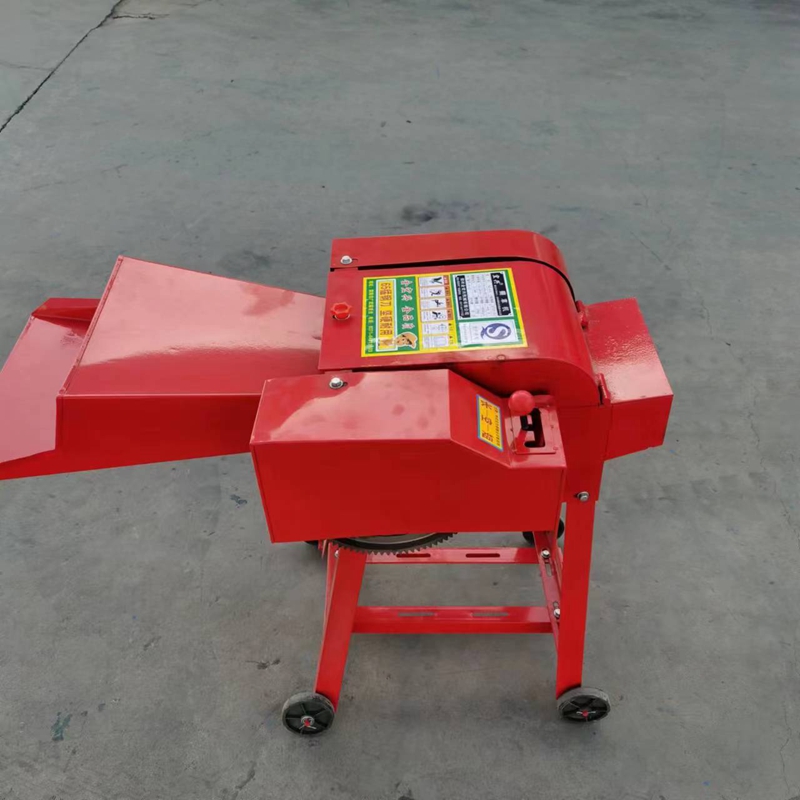Choosing the Right Exhaust Fans for Your Paint Room Setup
Dec . 04, 2024 12:39 Back to list
Choosing the Right Exhaust Fans for Your Paint Room Setup
Understanding Paint Room Exhaust Fans Essential for Safety and Efficiency
In the world of industrial painting and coating, one of the most critical components of a paint booth is the exhaust fan system. Paint room exhaust fans play a vital role in ensuring a safe, efficient, and effective environment for spray painting operations. This article will delve into the importance of these fans, how they function, and the key factors to consider when choosing the right exhaust system for your paint room.
1. Importance of Paint Room Exhaust Fans
During painting operations, a variety of volatile organic compounds (VOCs) and hazardous fumes are released into the air. These emissions can pose serious health risks to workers, leading to respiratory issues and other illnesses. Furthermore, the accumulation of flammable vapors can increase the risk of fires and explosions. Thus, paint room exhaust fans are essential for maintaining air quality and ensuring the safety of all personnel involved.
Moreover, these fans help to control temperature and humidity levels within the spray booth. This is crucial for achieving optimal painting conditions, as temperature and humidity can significantly impact paint application and curing processes. By regulating the air within the booth, exhaust fans contribute to a more consistent and high-quality finish on painted surfaces.
2. How Exhaust Fans Work
Paint room exhaust fans operate by creating a negative pressure within the spray booth. As the fans draw air out of the booth, fresh air from outside is pulled in through vents or other openings. This constant exchange of air helps to dilute and remove harmful fumes, ensuring that concentrations of hazardous materials remain well below workplace safety limits.
There are different types of exhaust fan systems, including roof-mounted fans, wall-mounted fans, and inline fans. Each serves the same fundamental purpose but may vary in installation requirements and efficiency. Selecting the appropriate type of fan depends on the specific layout and size of the paint room, as well as the types of materials being used.
3. Factors to Consider When Choosing Exhaust Fans
paint room exhaust fans

When selecting exhaust fans for a paint room, several key factors should be taken into account
- Airflow Capacity The fan's capacity is measured in cubic feet per minute (CFM). It is essential to choose a fan that can achieve the necessary airflow for your specific paint room size. A general guideline is to replace the air in the booth at least 10 to 20 times per hour, depending on the processes being performed.
- Fan Type As mentioned earlier, various types of exhaust fans are available, each with its advantages. Consider the layout of your paint room and whether you need a roof-mounted or wall-mounted option for optimal ventilation.
- Noise Levels The operational noise level of exhaust fans is another consideration. Many industrial operations require low noise levels for occupational comfort, so finding a fan with appropriate noise ratings is crucial.
- Maintenance and Durability Industrial painting operations can be demanding. Therefore, selecting fans made from durable materials that can withstand corrosive chemicals and frequent use will minimize maintenance issues and downtime.
- Energy Efficiency In an age where sustainability is becoming increasingly important, considering the energy consumption of exhaust fans is essential. Opting for energy-efficient models can reduce operational costs and environmental impact.
Conclusion
Paint room exhaust fans are indispensable for any facility involved in painting and coating operations. By effectively removing hazardous fumes, controlling the environment, and promoting worker safety, these fans enhance operational efficiency and quality. When selecting exhaust fans, it is crucial to consider factors such as airflow capacity, fan type, noise levels, maintenance, and energy efficiency. Making informed choices will not only ensure a safe working environment but also elevate the overall quality of the finished product.
-
Hot Sale 24 & 18 Door Rabbit Cages - Premium Breeding Solutions
NewsJul.25,2025
-
Automatic Feeding Line System Pan Feeder Nipple Drinker - Anping County Yize Metal Products Co., Ltd.
NewsJul.21,2025
-
Automatic Feeding Line System Pan Feeder Nipple Drinker - Anping County Yize Metal Products Co., Ltd.
NewsJul.21,2025
-
Automatic Feeding Line System - Anping Yize | Precision & Nipple
NewsJul.21,2025
-
Automatic Feeding Line System - Anping Yize | Precision & Nipple
NewsJul.21,2025
-
Automatic Feeding Line System-Anping County Yize Metal Products Co., Ltd.|Efficient Feed Distribution&Customized Animal Farming Solutions
NewsJul.21,2025






